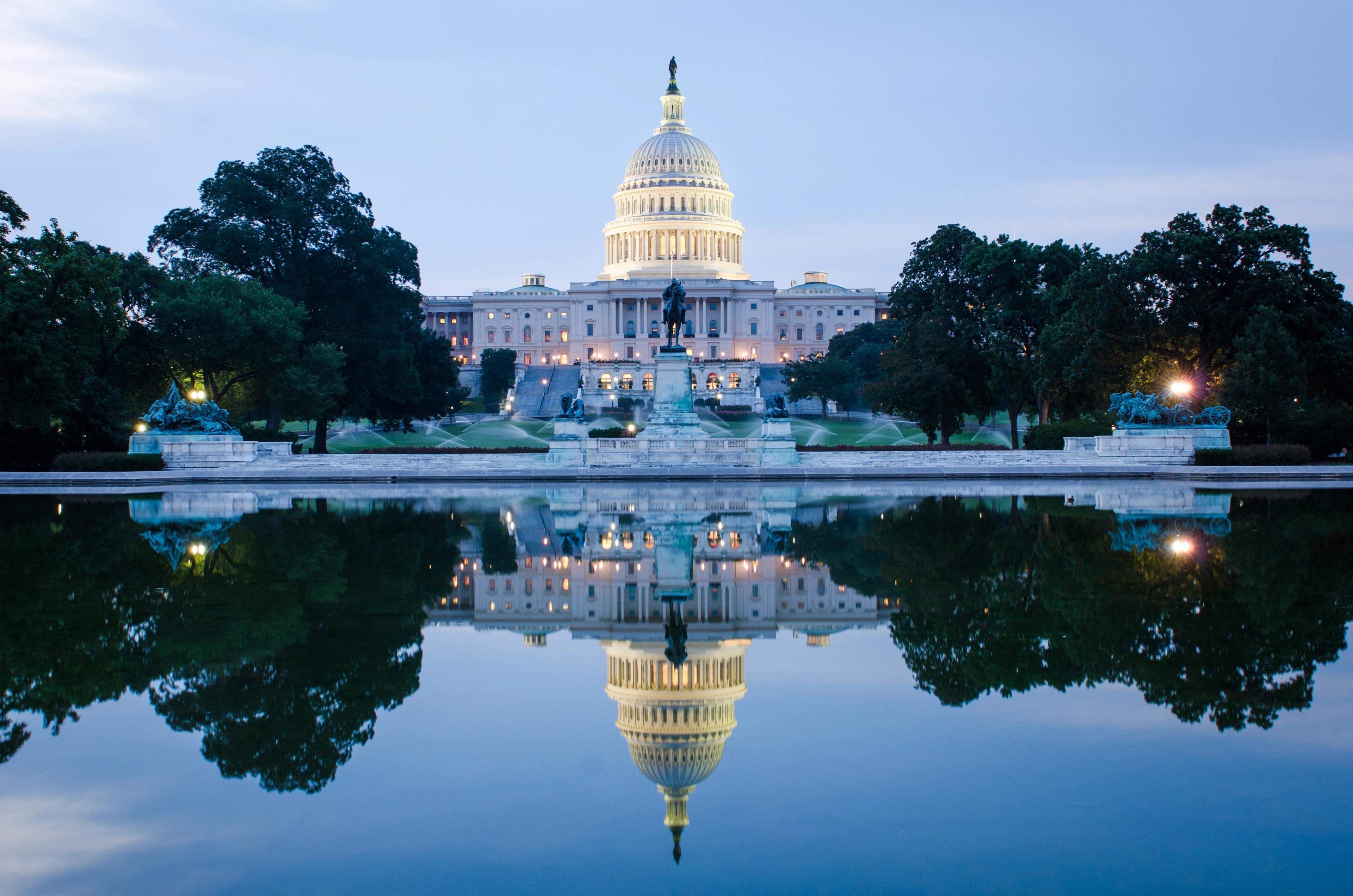
03 Oct 2025
US Government Shutdown, Wall Street Remains Resilient
Welcome to our weekly newsletter, where we summarise market activity over the past seven days.
Market Weekly

03 Oct 2025
Welcome to our weekly newsletter, where we summarise market activity over the past seven days.
Market Weekly
Market Weekly

The US government officially entered a shutdown on 1st October after lawmakers were unable to agree on new funding for the fiscal year. While the headlines can sound dramatic, the reality is often more muted. Historically, shutdowns have tended to be temporary disruptions with only modest economic effects, and markets have generally looked through them once funding is restored.
Why Has the Government Shutdown?
The shutdown is a result of a deadlock in Congress, where Republicans and Democrats have been unable to agree on funding priorities for the new fiscal year. In the Senate, a 60% majority is required to pass a budget, meaning bipartisan support is essential. Disagreements over spending levels and program cuts have stalled negotiations.
As a result, some government services are being disrupted, and an estimated 750,000 federal employees are facing temporary furloughs – around 0.5% of the US labour force. While benefit payments, tax collection, and debt servicing continue, the pause in other operations is likely to delay certain public services and distort near-term economic data.
How Have Markets Reacted in the Past?
Looking back, shutdowns have tended to create only modest and temporary economic effects. The most recent episode, between December 2018 and January 2019, lasted five weeks and furloughed roughly 800,000 workers. The estimated hit to GDP was $11 billion, but only $3 billion – about 0.01% of annual output – was considered a permanent loss. Other episodes have followed a similar pattern: while growth can dip in the short term, much of the income is typically restored through back pay once funding is agreed.
From a market perspective, shutdowns have historically been non-events. Equities may sell off slightly during the disruption, but those losses have usually been recovered once operations resume. In fact, in the last six funding lapses, US markets finished higher each time. During the 2018–19 shutdown, markets even rallied by around 10%, helped by the Federal Reserve’s policy easing early in 2019.
The Market’s Initial Response
So far, markets have largely taken the shutdown in stride. US equities, bonds, and the dollar have shown little sign of stress, with investors treating the disruption as political noise rather than a material economic risk. US markets have even pushed higher, setting another record high – a clear signal that confidence in the broader outlook remains intact.
One area showing more movement is gold, which has continued its upwards rally. The commodity appears to be benefiting from a marginal rise in investor unease over US institutional stability and the political backdrop.
How long this calm persists will depend on the length of the shutdown. Each additional day without a funding agreement increases the pressure on lawmakers and raises the chance of more visible disruption. That said, history suggests both sides ultimately have an incentive to reach a deal, and for now markets appear to be betting on a relatively swift resolution.
The Noise
The Numbers
The Niche
As we head into Q4 (October to December), it's timely to recall the fun fact that US markets have posted gains during this period 80% of the time since 1950! Whilst past performance doesn’t guarantee future returns, it’s an interesting quirk of the market to note!
Disclaimer
The information and opinion contained in this article should not be treated as a forecast, research or advice to buy or sell any particular investment or to adopt any investment strategy and are presented for information only. Any views expressed are based on information received from a variety of sources which we believe to be reliable but are not guaranteed as to accuracy or completeness by atomos. Any expressions of opinion are subject to change without notice.
Past performance is not a reliable indicator of future results. Investing involves risk and the value of investments, and the income from them, may fall as well as rise and is not guaranteed. Investors may not get back the original amount invested.
The value of investments and any income from them can fall and you may get back less than you invested.
The value of investments and any income from them can fall and you may get back less than you invested.